Introduction
Hair clippers are essential tools for maintaining and styling your hair. However, like any mechanical device, hair clippers may occasionally require repairs or maintenance to ensure optimal performance. If you find yourself in need of hair clipper repairs, it is important to know where you can go to get them fixed. In this article, we will explore different options for getting your hair clippers repaired, including manufacturer repair centers, local repair shops, online services, and DIY troubleshooting.
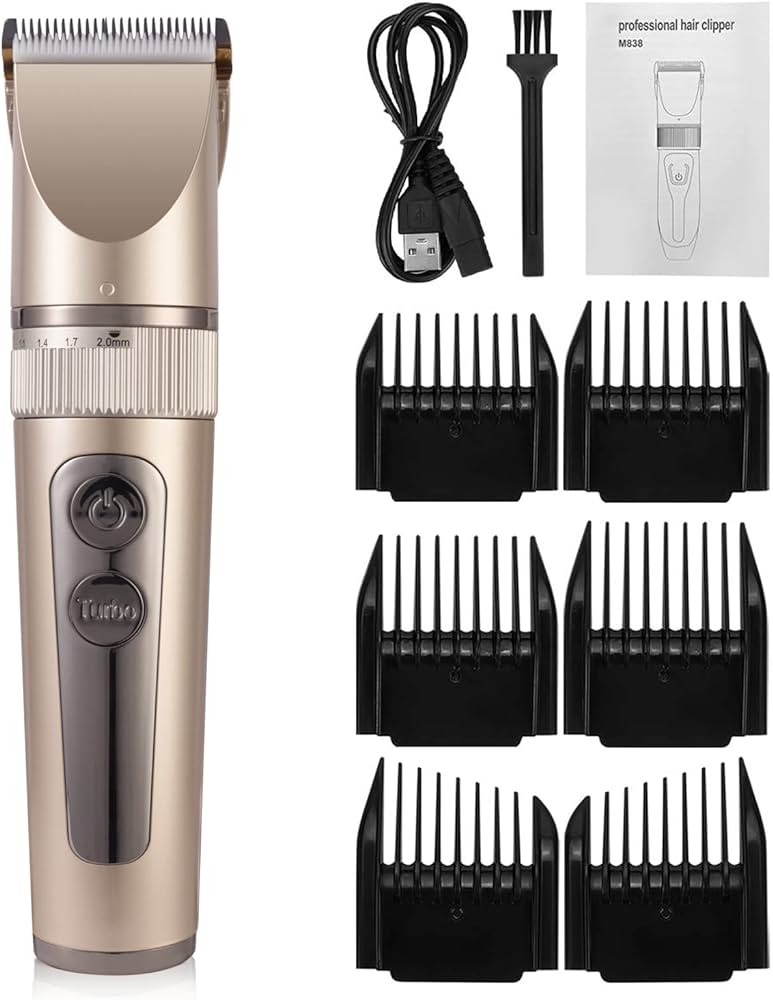
Where can I get my hair clippers fixed?
Manufacturer repair centers
One of the most reliable options for getting your hair clippers fixed is to contact the manufacturer directly. Many reputable clipper manufacturers provide authorized repair centers where you can send your clippers for professional repairs. Here’s what to consider when opting for manufacturer repair centers:
Warranty coverage: If your clippers are still under warranty, reaching out to the manufacturer is often the best course of action. They may provide free repairs or replacements for defects covered by the warranty.
Manufacturer expertise: Authorized repair centers have specialized knowledge and access to genuine replacement parts specific to your hair clipper model. This ensures that your clippers are repaired to the highest standard.
Contact information: Visit the manufacturer’s website or consult the product documentation for contact information, including phone numbers or online support portals, to inquire about repair services.
Shipping considerations: Keep in mind that you may need to ship your clippers to the manufacturer’s repair center. Consider the cost and logistics involved in packaging and shipping your clippers securely.
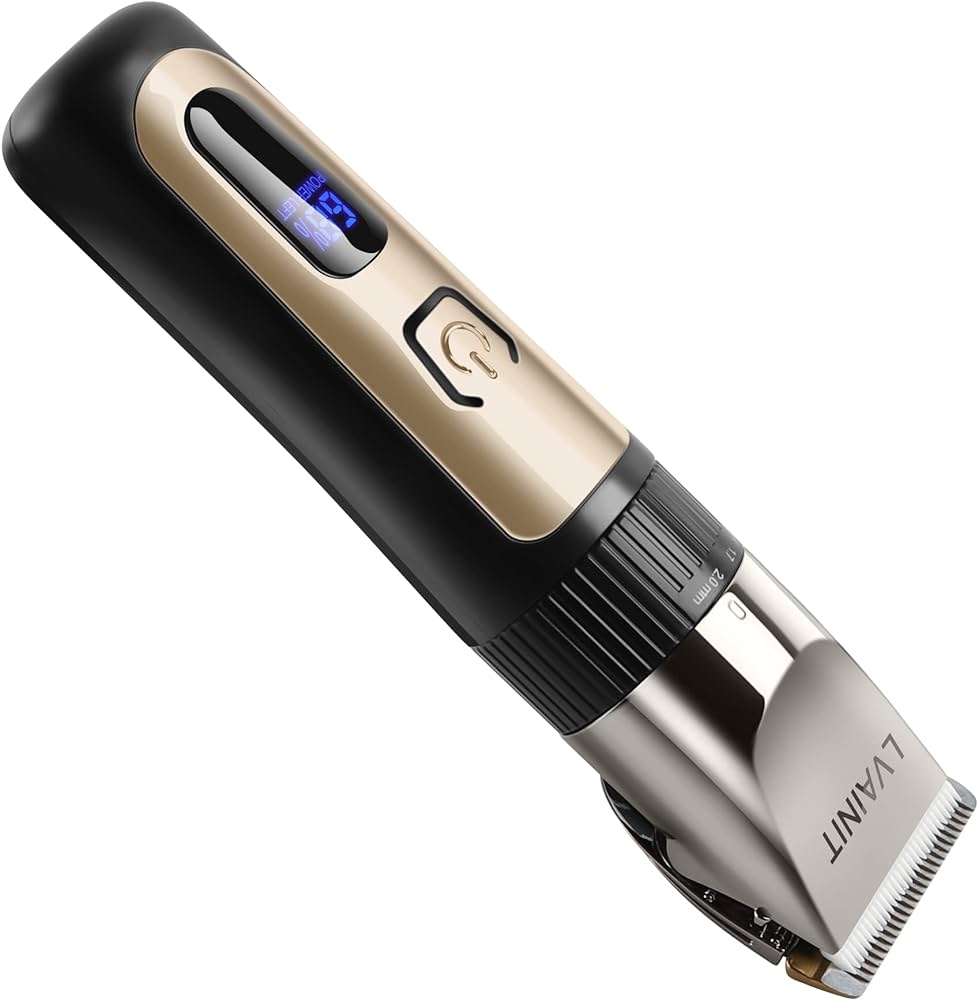
Local repair shops
If you prefer a more hands-on approach or your clippers are no longer covered under warranty, local repair shops can be a convenient option. These shops specialize in repairing various electronic and mechanical devices, including hair clippers. Here’s what to consider when choosing a local repair shop:
Reputation and expertise: Research local repair shops and read customer reviews to find reputable establishments known for their expertise in small appliances or hair clipper repairs.
In-person assessment: Bring your clippers to the repair shop for an in-person assessment. The technician will be able to diagnose the issue and provide an estimate for the repair cost and timeframe.
Cost and turnaround time: Inquire about the cost of repairs and the expected turnaround time. Keep in mind that repair costs may vary depending on the complexity of the issue and the rates charged by the specific repair shop.
Warranty or guarantee: Ask if the repair shop offers any warranty or guarantee on the repairs performed. This can provide you with peace of mind knowing that the repair work is backed by a certain level of quality assurance.
Online repair services
In today’s digital age, several online platforms offer repair services for various devices, including hair clippers. These services can be convenient if you prefer not to visit a physical repair shop. Here are some considerations when using online repair services:
Research reputable platforms: Look for reputable online repair services that specialize in small appliances or hair clipper repairs. Read reviews and check their website for information on the repair process and cost.
Shipping and packaging: Similar to manufacturer repair centers, using online repair services may require you to package and ship your clippers. Ensure you understand the shipping process and any associated costs involved.
Diagnostic assessment: Online repair services usually ask for a detailed description of the problem to provide an initial diagnosis. Be as specific as possible when describing the issue to ensure accurate insights and estimates.
Cost and warranty: Inquire about the cost of repairs, including shipping fees, and any warranty or guarantee provided for the repair work. Ensure you have a clear understanding of the terms and conditions before proceeding.
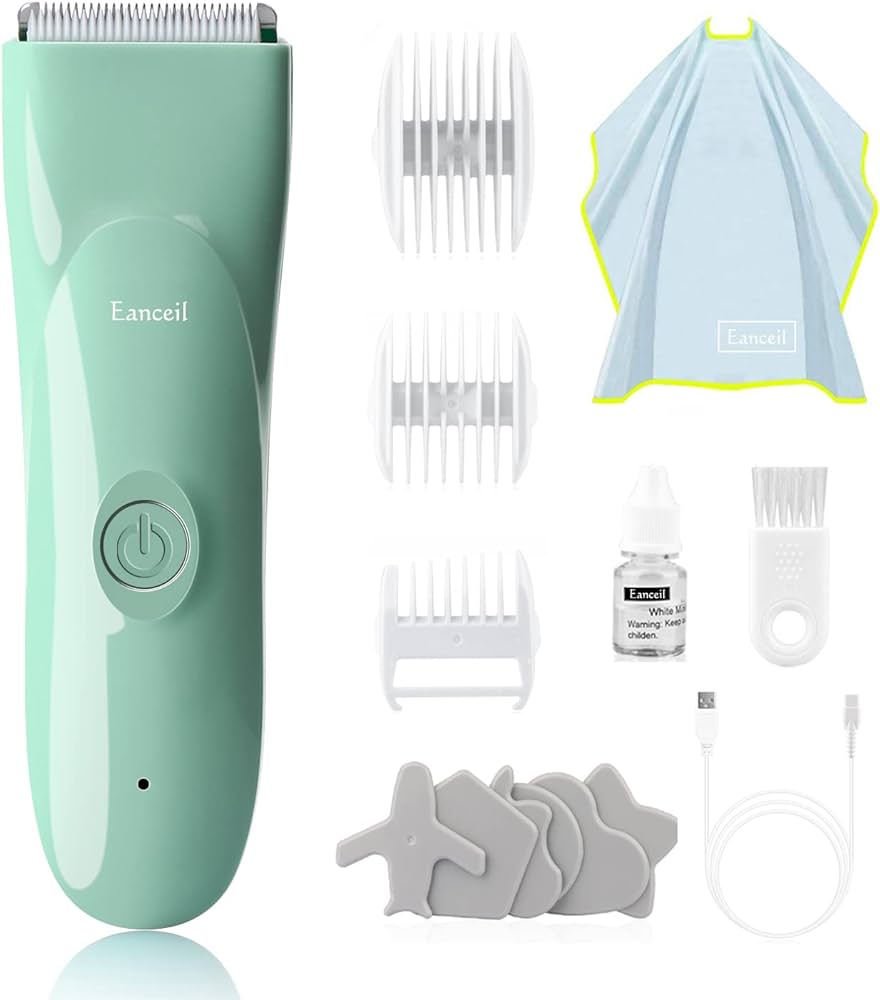
DIY troubleshooting
Before seeking professional repairs, there are a few troubleshooting steps you can take on your own to potentially fix minor issues with your hair clippers. Here are some tips for DIY troubleshooting:
Cleaning and maintenance: Hair clippers can become clogged with hair and debris over time, which can affect their performance. Regularly clean the blades, remove any hair buildup, and lubricate the moving parts according to the manufacturer’s instructions.
Check the power source: Ensure that the power source, such as batteries or the power cord, is functioning properly. Replace batteries or try using a different power outlet or cord to rule out any power-related issues.
Blade alignment and tension: Examine the blade alignment and tension. If the blades are misaligned or loose, carefully adjust them according to the manufacturer’s instructions.
Replace worn or damaged parts: If you identify worn or damaged parts, such as the blades or combs, consider replacing them. Contact the manufacturer or check their website for authorized replacement parts specific to your hair clipper model.
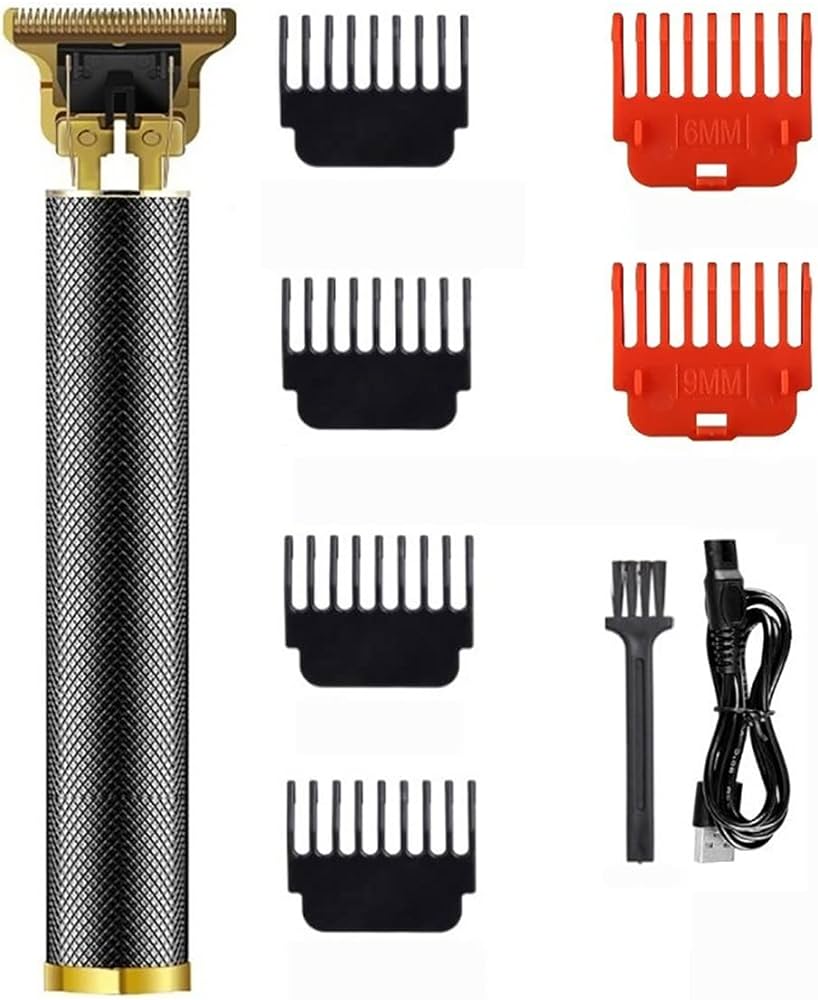
Considerations for choosing a repair option
When deciding on the best repair option for your hair clippers, it is important to consider several factors:
Cost: Evaluate the cost of repairs and compare it to the price of purchasing a new set of hair clippers. If the repair costs are significantly high, it may be more economical to invest in a new set instead.
Convenience: Consider the convenience of each repair option. Manufacturer repair centers and online services may require shipping your clippers, while local repair shops offer the convenience of a physical location.
Timeframe: Assess the timeframe for repairs. Manufacturer repair centers and online services may have longer turnaround times due to shipping, while local repair shops may offer quicker repairs.
Expertise: Determine the expertise of the repair service. Manufacturer repair centers and local repair shops often have technicians trained specifically for hair clipper repairs, ensuring a higher level of expertise.
Warranty coverage: If your hair clippers are still covered under warranty, it is advisable to contact the manufacturer for repair services. This way, you can take advantage of any warranty coverage and ensure that the repairs are conducted by authorized technicians.
Availability of parts: Consider whether the repair option has access to genuine replacement parts specific to your hair clipper model. Using genuine parts can ensure proper functionality and longevity of your clippers.
Prevention and maintenance
To minimize the need for future repairs, it is important to take preventive measures and maintain your hair clippers properly. Here are some tips:
Regular cleaning: Clean your clippers after each use by removing hair and debris that can accumulate in the blades and other components. This will prevent clogs and maintain optimal performance.
Lubrication: Follow the manufacturer’s instructions for lubricating the blades and other moving parts. Regular lubrication helps reduce friction, prolongs the life of the clippers, and prevents corrosion.
Proper storage: Store your clippers in a clean and dry location, preferably in a protective case or pouch. This will shield them from dust and moisture, preventing potential damage.
Handle with care: Avoid dropping or mishandling your clippers, as this can cause internal damage. Treat them as delicate devices and handle them with care.
Regular maintenance: Periodically check your clippers for signs of wear or damage, such as dull blades or loose parts. Address these issues promptly to prevent further damage and the need for extensive repairs.
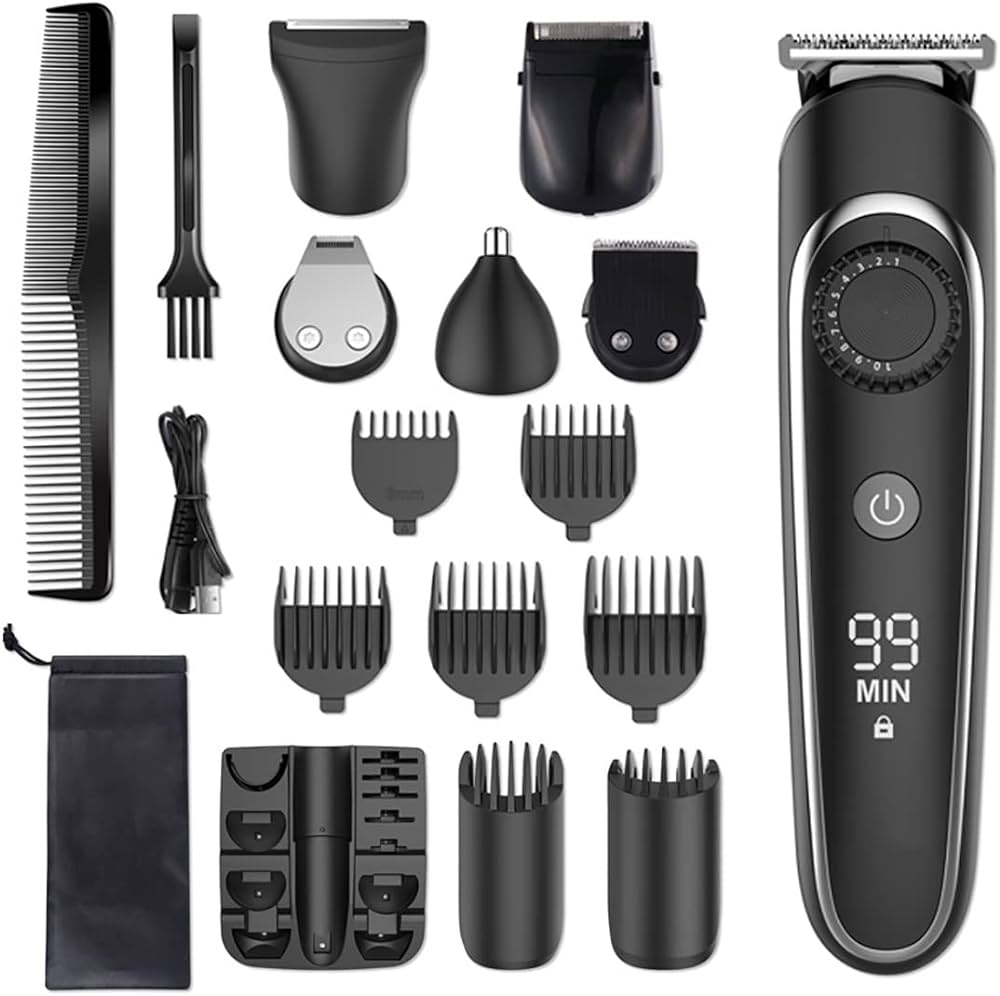
Conclusion
When your hair clippers require repairs, several options are available to get them fixed. Manufacturer repair centers offer expertise and genuine replacement parts, especially if your clippers are under warranty. Local repair shops provide in-person assessments and convenient solutions. Online repair services offer the convenience of mail-in repairs, while DIY troubleshooting allows you to address minor issues at home. Consider factors such as warranty coverage, cost, turnaround time, and reputation when deciding which option is most suitable for your needs. By choosing the right repair method, you can ensure that your hair clippers are restored to proper working condition, allowing you to continue enjoying your grooming routine.
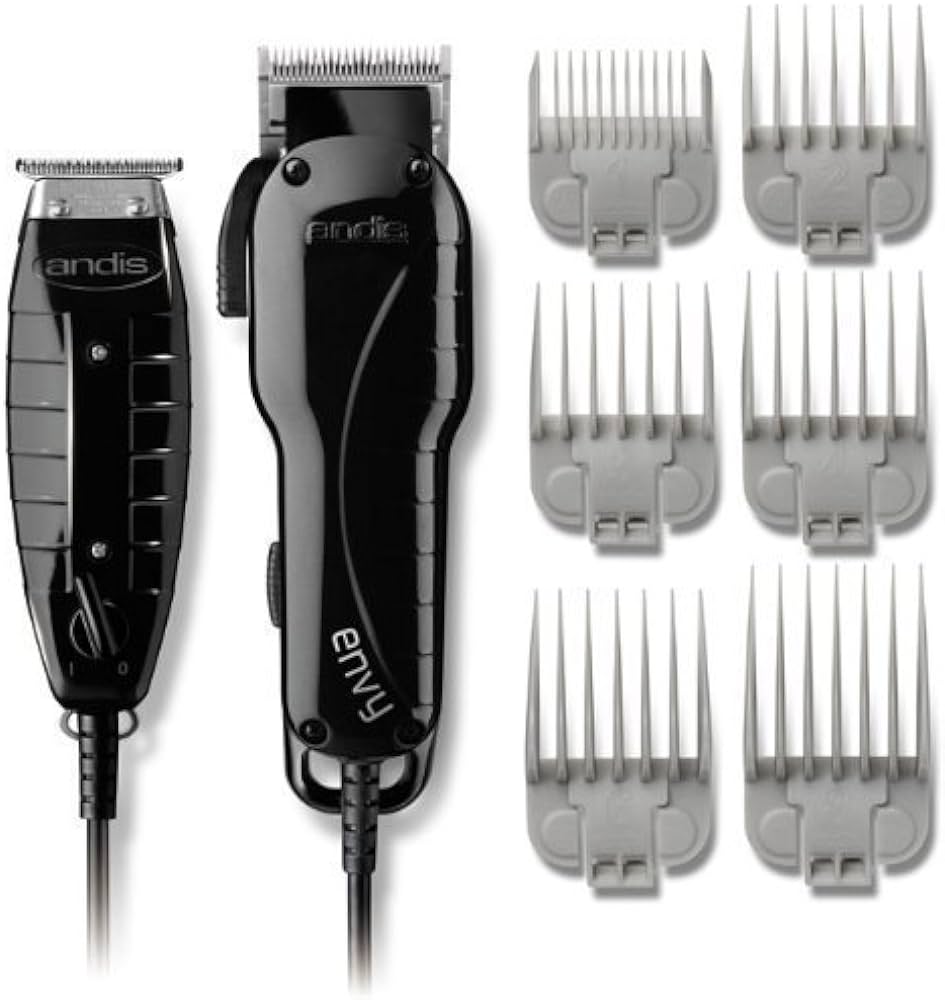
Leave a Reply